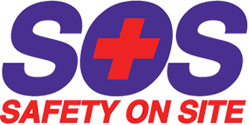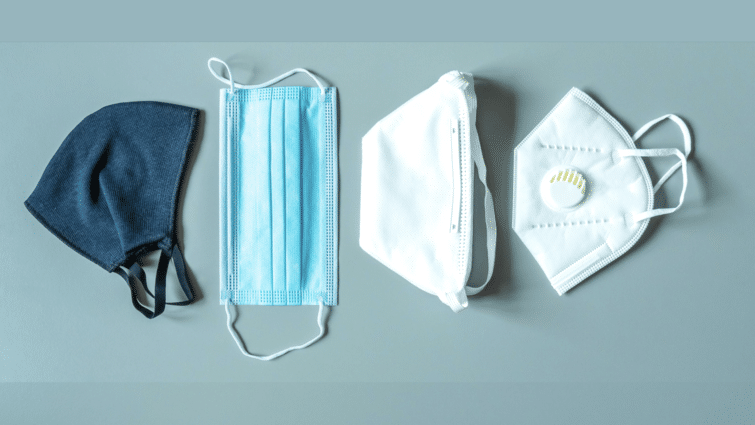
During the COVID-19 pandemic, there has been a strong push by government and institutions for the widespread use of masks while out in public. Today, it is required that anyone who is indoors in a public space must wear a mask. However, the word “mask” is being used in a very general term, as it can mean anything from a bandana to a N95 medical grade mask, and with this broad definition there comes some confusion. Many people are unaware about the filter effectiveness of different mask types, and therefore do not know what they should be wearing. A bandana, for example, will never be able to filter very small airborne particles (otherwise called particulates) the same way an N95 mask (generally about 95% effective) will, but not everyone has or needs an N95 mask or respirator. The question then becomes “What should I use instead?”. This article will provide the information that will allow you to make an informed and practical decision for your situation when deciding what mask to wear.
What does Mask Effectiveness mean?
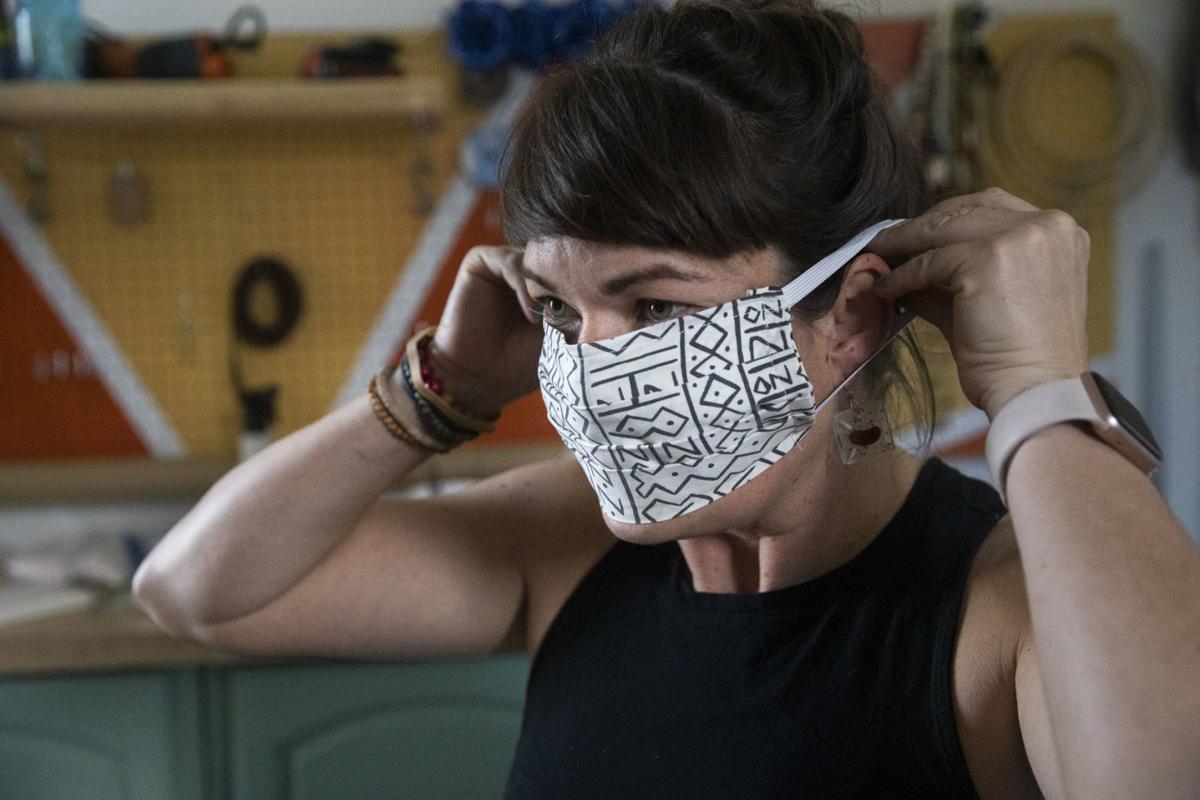
Let us first highlight the concept of mask “effectiveness” or “efficiency”. These two terms have to do with the amount of air and particulates in that air being filtered by a mask. The amount of filtration is usually tied to the materials that make up the mask. It is impossible to have a mask that has 100% efficiency, so even if you see a mask labelled as a N100 respirator, it is “just” filtering 99.97% of the surrounding particulates. Having a mask with a high efficiency will dramatically decrease your odds of inhaling something that can infect you or cause you harm.
In the case of COVID-19, most safety professionals say that anything more than an N95 mask filtration for the general population is overkill. If one does not need or want to wear an N95 mask, there are other masks that perform with about 95% efficiency?
What are other good mask options, other than an N95 mask?
There are currently two choices that have a significant lead over all other options. The first is a medical or surgical grade mask. As mentioned in one of our previous articles, medical masks do an excellent job protecting against water droplets or other fluids like blood. Medical masks have three layers or a 3-ply protection, with the innermost layer being made of non-woven polypropylene. These masks are also known as level 3 masks. This inner layer acts like a filter and does a very good job of minimizing the possibility that particulates might infiltrate the mask. In fact, it is currently being recognized that having a level 3 mask, with the innermost layer being a filter, can prove to be very effective, sometimes increasing effectiveness by as much as 30%.
According to CBC’s Marketplace, the other best option right now is a white cotton mask, made of three layers, with the innermost layer once again being made of non-woven polypropylene. This polypropylene being non-woven, or in other words lacking any microscopic holes, is important because the fabric will be tighter, reducing the ability for particulates to find space to move through any gaps. Cotton masks should preferably have a high thread count, as this will reduce the likelihood of gaps. Unfortunately, there are not any current regulations forcing manufacturers to disclose the exact thread count in masks. According to Marketplace, under ideal circumstances these two mask types can perform as well as medical N95 masks in particulate filtration.
What other mask options should I avoid or be cautious of?

While it seems like two-layer cotton masks with high thread counts and 2-layer polyester masks perform well enough (especially if the innermost layer acts as a filter), there are some other options to be wary of. Masks made of silk have average filtration, while masks made of rayon or sequins do not have high effectiveness. Scarves, bandanas, and gaiters all show up at the bottom of many lists and usually show effectiveness percentages of below 40% or 50%, a measurement that nosedives to about 20% the longer someone is exposed. Finally, masks with valves should be avoided at all costs, and should never be even considered as an option. The area around the valves leak air and particulates way too much, and this defeats the purpose of wearing a mask.
I already own some two-layer masks. Should I upgrade to a three-layer mask?

Having and properly using a level 3 mask is one of the best options when it comes to your safety and the safety of others around you. There are other options as well to consider. There are some two-layer masks that come with an inner pouch of sorts that allows for the easy addition of a filter. Even just adding a filter to the inside of a two-layer mask will substantially improve performance. Some people advise that opening a mask up by one seam and inserting a filter that way is doable. Regardless of what you decide to do, wearing any mask is always better than not wearing a mask. So, wear a mask!!!!
What sort of material can I use as a mask filter?
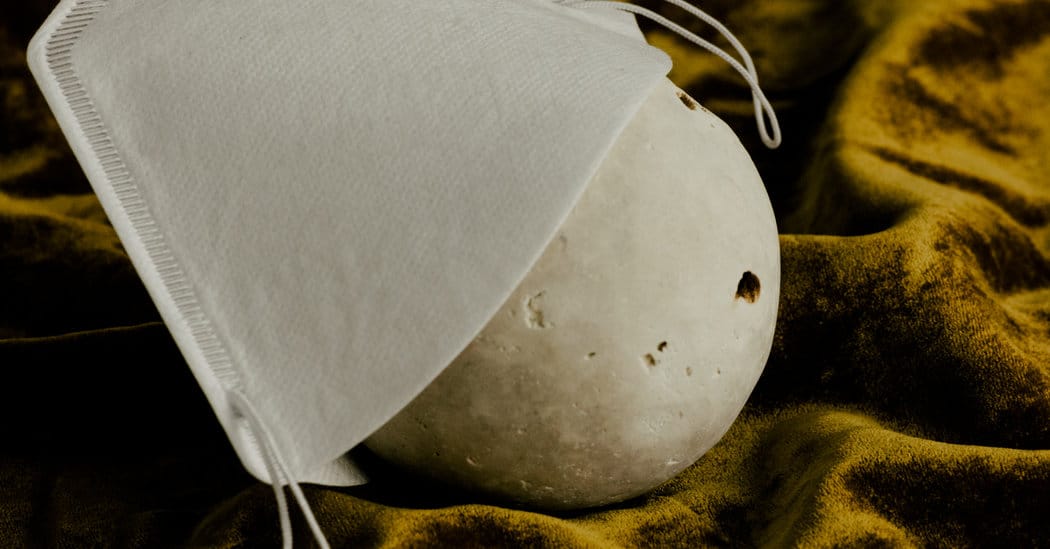
There is a surprising number of options when it comes to choosing a homemade solution as a filter. Simply using a folded paper towel can do the job, and among safer options is a dry baby wipe. Some people have used coffee filters, but these can often be too difficult to breathe through. Most non-woven propylene materials are good options, under the condition that they do not contain preservatives or chemicals that can negatively affect health.
Is there anything else I need to know about masks, that I should know?
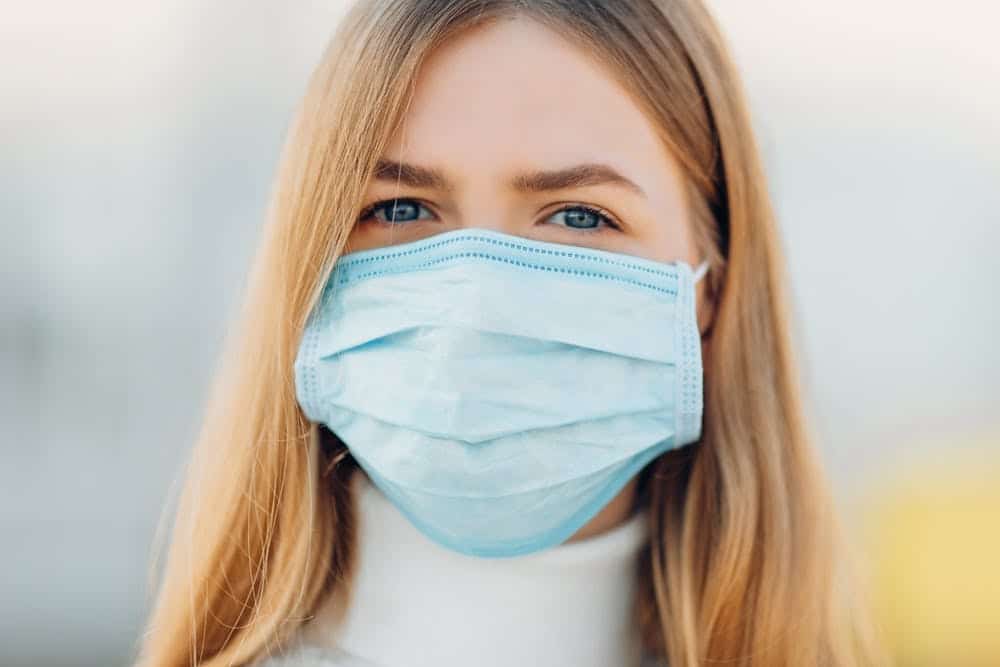
Choosing the type and amount of material in a mask is definitely a very important step in being safe during the COVID-19 pandemic, but without a proper fit any type of mask will not function properly. When deciding what mask to wear it is important that you chose one that fits your face properly. Unfortunately, there are a few variables that make it difficult to do this. Firstly, human faces and heads come in so many shapes and sizes, so it is not usually as simple as attaching size measurements to masks. Finding a mask that fits properly over the nose and the chin is necessary to create the appropriate seal. If you ever find that you can feel air hitting the area around your eyes, then your mask may not fit your properly. You either need to fix the fit somehow (some masks can be tightened or loosened according to your needs) or you need to find another mask to wear. Secondly, when buying masks online or instore we are unable to try them on. This can make finding a mask that fits a frustrating and time-consuming process. The most difficult part is finding something that both fits and is made of preferable materials. Once you can do that, you should be very safe.
I have an N95 respirator. Where can I do a mask fit test?
If you are wearing an N95 mask for either personal use or for work, then having it a proper fit test is essential to maximize the effectiveness of this mask. If an N95 mask is used at a place of work, it MUST follow Occupational Health and Safety (OHSA) regulations under the Canadian CSA Z94.4-xx standard and all wearers MUST be fit tested properly.
If N95 mask fit testing is required for you or your employees, then this mask fit test program is an example of what needs to be done. In this example, the program uses Qualitative Mask Fit testing to determine whether an N95 mask fits correctly.
References
- https://www.cbc.ca/news/canada/marketplace-masks-test-1.5795481
- https://www.ohscanada.com/features/three-layer-masks-recommended-canadas-top-doctor/?custnum=&CUSTNUM;&title=&*URLENCODE(&TITLE;)&utm_source=&PUB_CODE;&utm_medium=email&utm_campaign=&*URLENCODE(%7B%7B*JobID%7D%7D)&oly_enc_id=6800I6438578A9A
- https://www.youtube.com/watch?v=EHVyy08L2gM&feature=youtu.be





